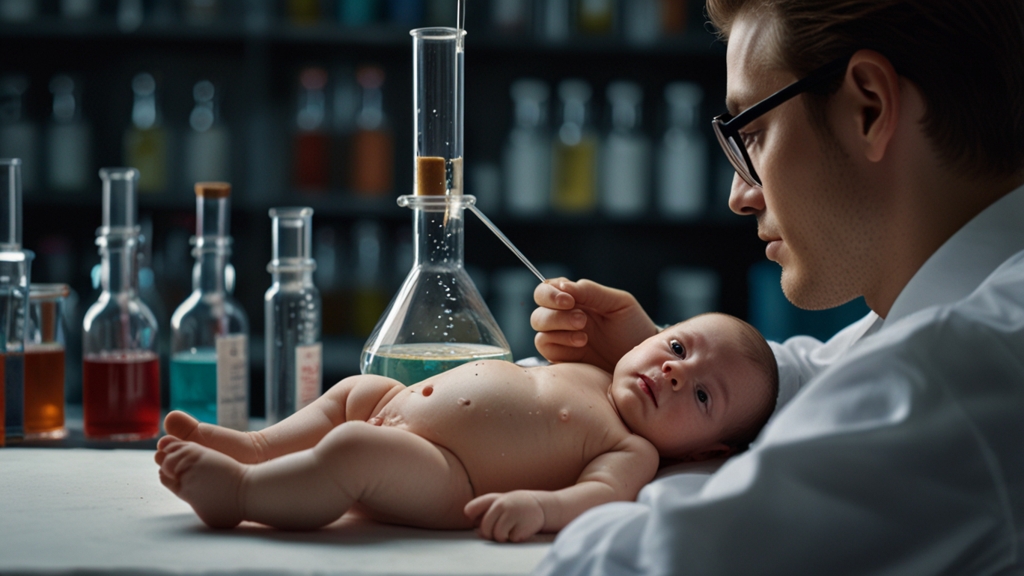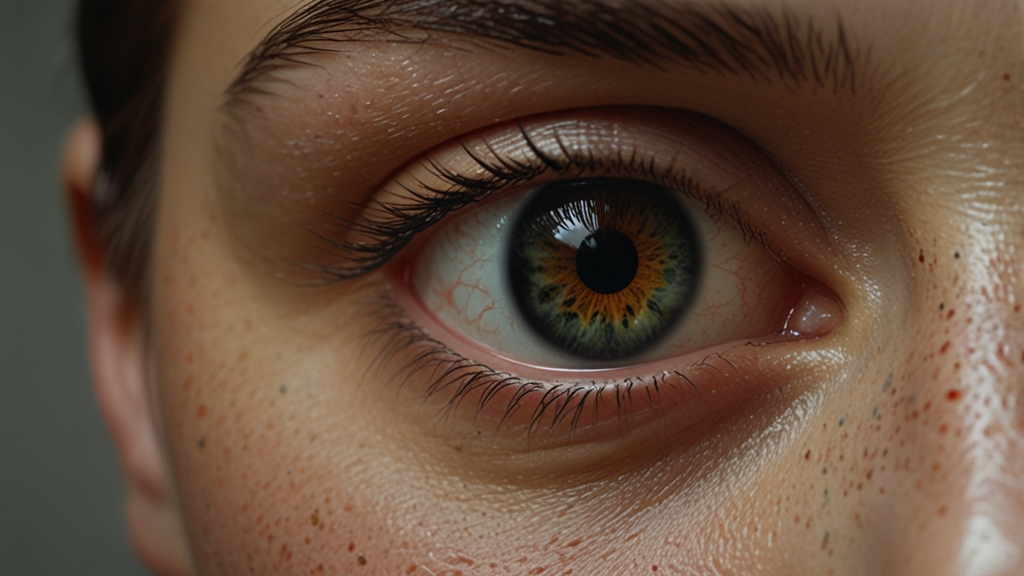The Birth of a Drug: How Chemistry Saves Lives Every Day
Every day, countless individuals around the world owe their health—and sometimes their very lives—to the silent, relentless work of chemistry. From the creation of life-saving vaccines to the development of revolutionary therapies for chronic diseases, the journey of a drug from conception to the market is a testament to human ingenuity and scientific prowess. This article delves into the intricate process by which new drugs are born and highlights the pivotal role that chemistry plays in this life-saving endeavor.
The Inception: Identifying a Target
The journey of any drug begins with the identification of a suitable biological target. This target is often a protein, gene, or cellular process that plays a crucial role in the progression of a particular disease. Researchers, armed with advanced biochemical techniques and computational tools, sift through vast amounts of biological data to pinpoint these targets, aiming to alter their behavior in a way that ameliorates the disease.
Design and Synthesis: Crafting the Molecule
Once a target is identified, the next step is to design a molecule that can interact with it precisely. Medicinal chemists use their profound knowledge of chemical reactions and molecular structures to create such molecules. This phase often involves iterative cycles of design, synthesis, and testing to optimize the molecule’s efficacy, selectivity, and safety.
"Chemistry is like a game where you move atoms around to create entirely new substances. Each new compound has the potential to change the world," says Dr. Emily Johnson, a leading medicinal chemist.
Preclinical Testing: From Lab Bench to Biological Models
After a promising molecule is synthesized, it must undergo rigorous preclinical testing. This phase ensures that the molecule is not only effective but also safe. Tests are conducted in vitro (in the lab) and in vivo (in living organisms) to gather data on the drug’s pharmacodynamics (how it affects the body) and pharmacokinetics (how the body handles the drug).
Clinical Trials: The Human Element
If a drug passes preclinical testing, it advances to clinical trials, which are conducted in three phases:
- Phase I: Small groups of healthy volunteers test the drug for safety, dosage, and side effects.
- Phase II: The drug is given to a larger group of people who have the disease to test its efficacy and further evaluate safety.
- Phase III: Thousands of patients partake in studies to confirm effectiveness, monitor side effects, and compare the drug to commonly used treatments.
Data from these trials are meticulously analyzed and submitted to regulatory bodies like the FDA for approval. The process is highly rigorous to ensure that only the safest and most effective drugs reach the public.
The Role of Chemistry in Drug Development
Chemistry is the backbone of drug development, facilitating the creation of molecules that can interact with biological systems in highly specific ways. It is not just about synthesizing new compounds but also about understanding how these compounds work at a molecular level, predicting their behavior, and tweaking their structures to improve their properties.
"The magic of chemistry lies in its ability to bridge the gap between basic science and real-world applications. It transforms theoretical concepts into tangible solutions that can alleviate human suffering," notes Professor Marlene Carter, a prominent chemical biologist.
The Future: Innovations on the Horizon
The field of drug development is constantly evolving, with new technologies and methodologies enhancing the process. Innovations such as artificial intelligence and machine learning are now being leveraged to predict molecular interactions and streamline the drug discovery process. Likewise, advances in biochemistry and molecular biology are opening up new avenues for therapeutic interventions.
One of the most exciting developments is the emergence of personalized medicine, where treatments are tailored to an individual’s genetic makeup. This approach promises to increase the efficacy of therapies and reduce the risk of adverse reactions, embodying the next quantum leap in medical science.
Conclusion: An Ongoing Quest
The birth of a drug is a complex, multifaceted endeavor that embodies the spirit of scientific inquiry and the altruistic goal of improving human health. Through the lens of chemistry, we transform abstract scientific principles into concrete medical advances. Every pill, every injection, and every dose represents the culmination of years (and sometimes decades) of painstaking research and development. As we continue to push the boundaries of what is possible, chemistry will remain at the heart of these groundbreaking innovations, saving lives one molecule at a time.















